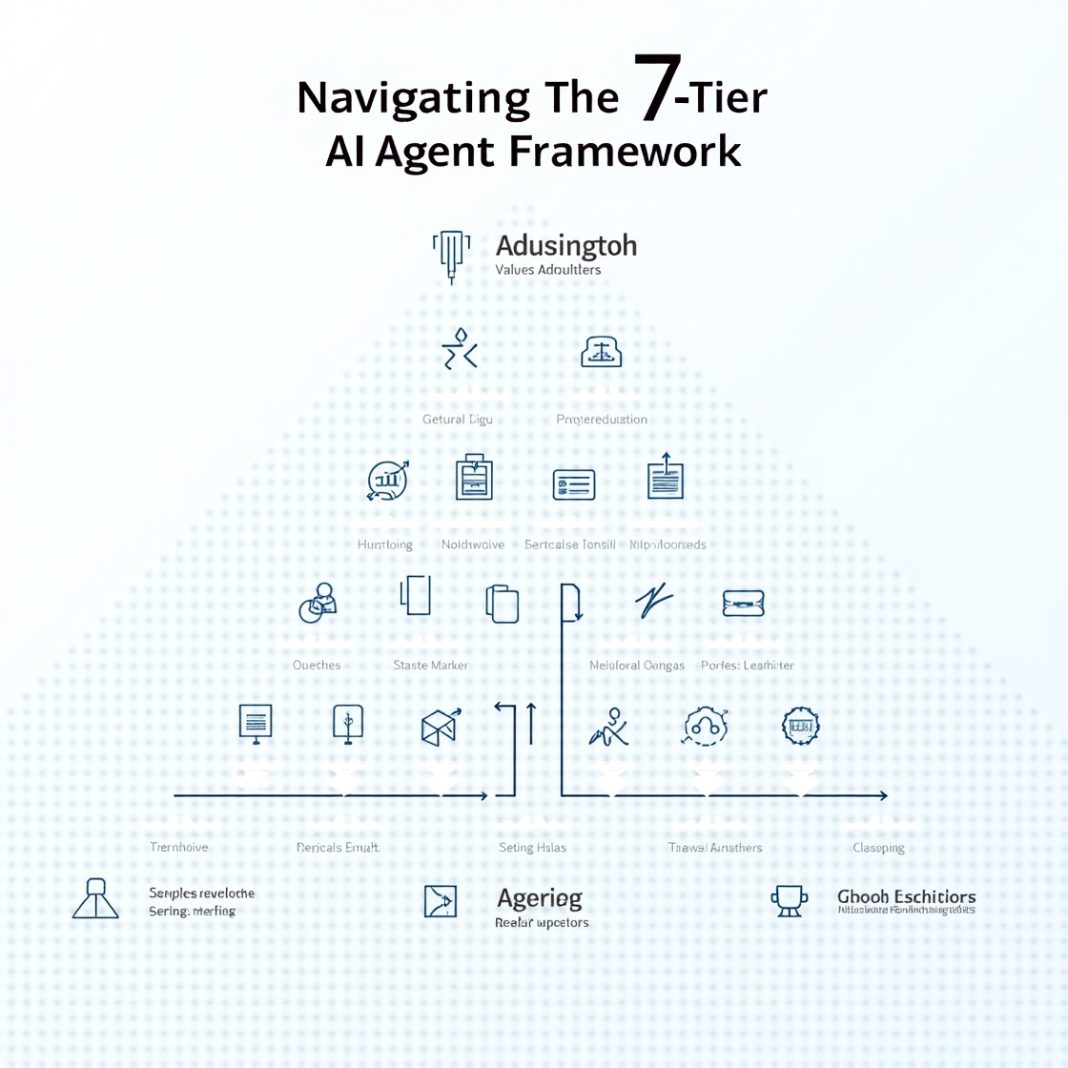Introduction
Artificial Intelligence (AI) is no longer a futuristic dream—it’s here, transforming how we live, work, and interact. At the heart of this revolution are AI agents—intelligent systems capable of perceiving their environment, processing data, and taking action to achieve specific goals. From simple reactive machines to hypothetical superintelligent entities, AI agents exist on a spectrum. Understanding the 7 levels of AI agents is essential for tech professionals, businesses, and anyone curious about how AI is making the world smarter, faster, and safer.
What Are AI Agents?
An AI agent is a system—either software or hardware—that can sense its surroundings, process information, and act in a way that maximizes the chance of achieving its objectives. Think of them as digital assistants with varying degrees of intelligence, adaptability, and autonomy. Every AI agent has three core components: 1) Perception – collecting data from its environment (e.g., sensors, cameras, microphones), 2) Reasoning – processing and understanding the data to make decisions, 3) Action – executing the best possible steps based on its reasoning.
The 7 Levels of AI Agents
1. Reactive Machines
The most basic AI agents, reactive machines, can respond to situations but have no memory of past events. Their decisions are made entirely based on current inputs. Example: IBM’s Deep Blue, which beat Garry Kasparov in 1997, could analyze chess moves in real-time but had no concept of past games. Benefit: Highly reliable for repetitive, predictable tasks. Limitation: Cannot adapt or learn from past experiences.
2. Limited Memory
These agents can store small amounts of past data to make better decisions by combining historical and real-time information. Example: Tesla’s Autopilot remembers the positions of nearby cars and traffic patterns. Statistic: Tesla’s AI learns from over 1.3 billion miles of global driving data. Benefit: Safer and more adaptable than reactive machines. Limitation: Memory is short-term and specific to certain tasks.
3. Theory of Mind
At this stage, AI agents start to understand human emotions, intentions, and beliefs, enabling more natural and empathetic interactions. Example: Advanced virtual assistants that detect frustration in your voice and adjust responses accordingly. Benefit: Better human-AI collaboration, especially in healthcare and customer service. Limitation: Still in early research and development.
4. Self-Aware AI
Self-aware AI understands its own state and existence. This level remains theoretical but is heavily discussed in AI ethics. Example: No real-world AI exists at this level yet, but advanced humanoid robots are edging closer. Benefit: Potential for creativity and independent innovation. Risk: Raises major ethical and safety concerns.
5. Autonomous Agents
These agents can operate independently for long periods without human supervision, adapting to new environments and unexpected situations. Example: NASA’s Mars rovers perform experiments and navigate without constant commands from Earth. Benefit: Ideal for dangerous or remote environments. Limitation: Requires advanced fail-safes to prevent errors.
6. Cooperative Agents
Cooperative AI agents work together—or with humans—to achieve shared objectives. Example: Drone swarms coordinating in search-and-rescue missions. Statistic: Cooperative AI in logistics has reduced delivery times by 30% in pilot projects. Benefit: Excellent for complex tasks requiring multiple perspectives. Limitation: Communication and coordination failures can impact performance.
7. Superintelligent Agents
The most advanced stage—AI that surpasses human intelligence in every area. Example: Still hypothetical, but if developed, it could solve problems like climate change or space colonization. Benefit: Could accelerate technological and medical breakthroughs. Risk: Requires strict global regulations to avoid catastrophic misuse.
Why These Levels Matter
Knowing the levels of AI agents helps businesses choose the right AI for their needs, developers design safer and more efficient systems, and policymakers create informed regulations for advanced AI.
Real-World Applications by Level
Level 1 (Reactive Machines): Factory automation robots. Level 2 (Limited Memory): Self-driving cars. Level 3 (Theory of Mind): Emotion-aware virtual assistants. Level 4 (Self-Aware AI): Currently only in research. Level 5 (Autonomous Agents): Space exploration rovers. Level 6 (Cooperative Agents): Team-based AI in disaster recovery. Level 7 (Superintelligent AI): Future potential for global problem-solving.
Challenges in Advancing AI Agents
Ethical issues such as privacy, bias, and job displacement; regulatory needs including global safety standards for high-level AI; and technical barriers like computing power, energy efficiency, and explainability.
Conclusion
The 7 levels of AI agents chart a fascinating path from basic reactive systems to the possibility of superintelligent beings. By understanding these stages, we can ensure AI grows in ways that are smarter, faster, and safer—benefiting humanity without compromising safety or ethics. The future of AI isn’t just about what machines can do—it’s about how we choose to shape their role in our world.
Related Reading.
- How Lenovo Is Shaping Ethical, Green, and Inclusive AI for the Future.
- Lenovo’s Vision for Sustainable AI: Tech That Serves People and the Planet
- Revolutionizing Retail: How China’s Robot Mall Is Bringing Humanoids to Consumers.
FAQs
1. What is the main difference between Level 1 and Level 2 AI agents? Level 1 agents react only to the current situation, while Level 2 agents can remember recent information to improve decisions.
2. Is Level 7 AI real today? No, superintelligent AI is still a theoretical concept.
3. Which AI level is most common now? Most AI today operates at Level 2 (Limited Memory) or experimental Level 3 (Theory of Mind).
4. Is self-aware AI dangerous? It could be, which is why strong ethical guidelines are essential before it’s developed.
5. Can cooperative AI function without humans? Yes, but in high-risk areas, human oversight is recommended.




